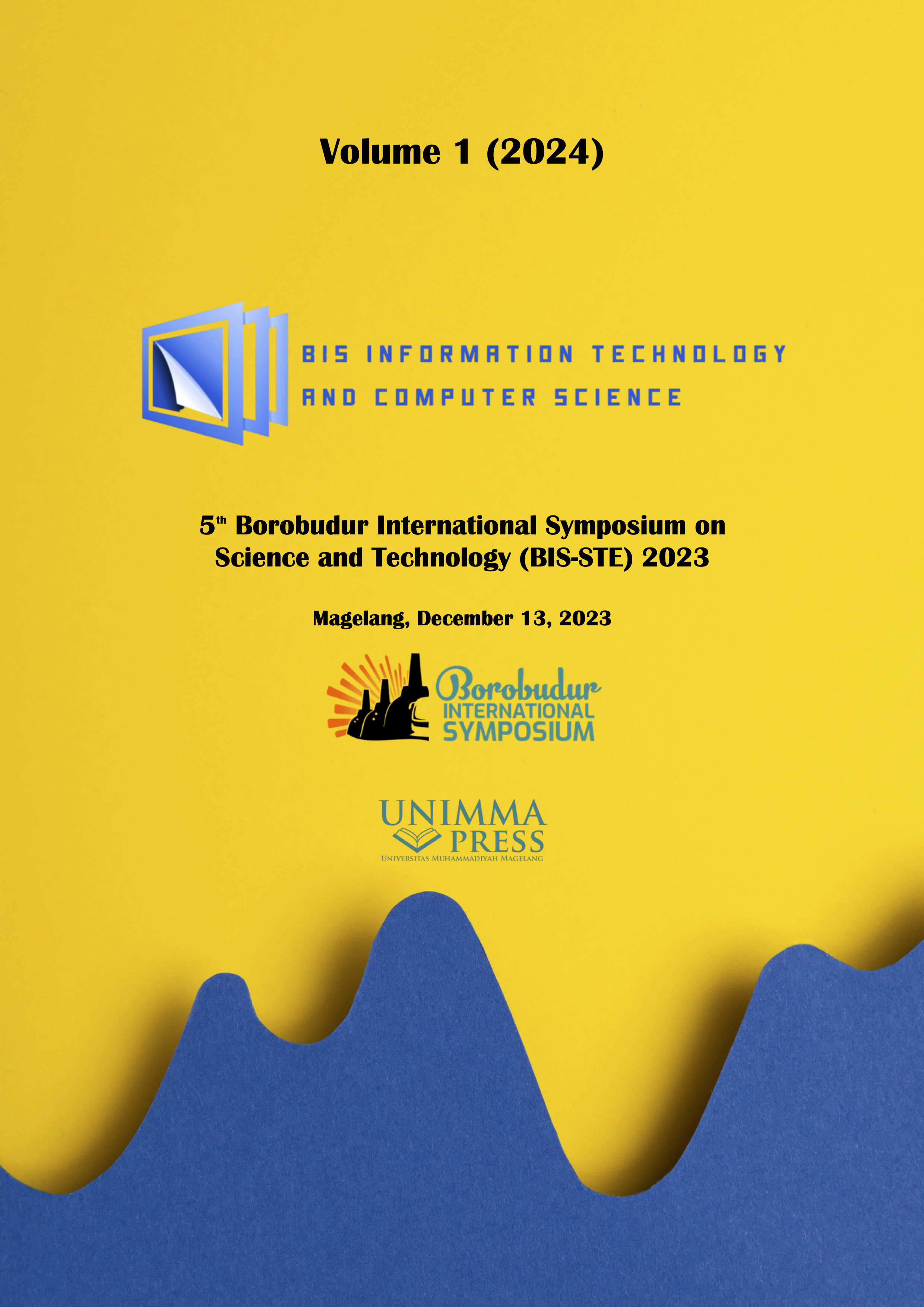Utilization of machine learning to predict the correlation between color of river water and other water quality characters
Keywords:
Machine learning, Color, River water, Water quality charactersAbstract
This study investigates the intricate relationship between water color and key water quality parameters, such as DO, BOD, COD, TSS, and Fe concentrations. The primary objective is to establish a predictive model employing SVR analysis and DTR to discern the correlation patterns among these parameters. The purpose of this study is to predict and analyze the correlation between key water quality parameters with the water color. These models are constructed by scrutinizing the intricate associations between water color and the aforementioned water quality parameters using machine learning. Total Dissolved Solid and pH are two parameters that show a very high correlation with water color. Both show figures of 0.95 and 0.93. The results of this study can be implemented by various institutions such as educational institutions, environmental services, or consultants who want to make predictions and modeling of water quality, especially on color parameters. The results of this study can be implemented by various institutions such as educational institutions, environmental services, or consultants who want to make predictions and modeling of water quality, especially on color parameters.
References
[1] H. Min, “Artificial intelligence in supply chain management: theory and applications,” International Journal of Logistics Research and Applications, vol. 13, no. 1, pp. 13–39, Feb. 2010, doi: 10.1080/13675560902736537.
[2] M. Liu and J. Lu, “Support vector machine―an alternative to artificial neuron network for water quality forecasting in an agricultural nonpoint source polluted river?” Environmental Science and Pollution Research, vol. 21, no. 18, pp. 11036–11053, Sep. 2014, doi: 10.1007/s11356-014-3046-x.
[3] H. Wu et al., “Water Quality Prediction Based on Multi-Task Learning,” Int J Environ Res Public Health, vol. 19, no. 15, p. 9699, Aug. 2022, doi: 10.3390/ijerph19159699.
[4] Suwari, “Analysis Of Water Quality Status Using Method Of Water Pollution Index: A Case Study On The Dendeng River,” International Journal of Research -GRANTHAALAYAH, vol. 9, no. 5, pp. 200–218, Jun. 2021, doi: 10.29121/granthaalayah. v9.i5.2021.3937.
[5] D. Hongve and G. Åkesson, “Spectrophotometric determination of water colour in hazen units,” Water Res, vol. 30, no. 11, pp. 2771–2775, Nov. 1996, doi: 10.1016/S0043-1354(96)00163-7.
[6] L. E. Bennett and M. Drikas, “The evaluation of colour in natural waters,” Water Res, vol. 27, no. 7, pp. 1209–1218, Jul. 1993, doi: 10.1016/0043-1354(93)90013-8.
[7] R. Isnaeni, S. Sudarmin, and Z. Rais, “Analisis Support Vector Regression (SVR) Dengan Kernel Radial Basis Function (RBF) Untuk Memprediksi Laju Inflasi Di Indonesia,” VARIANSI: Journal of Statistics and Its application on Teaching and Research, vol. 4, no. 1, pp. 30–38, 2022.
[8] I. Sadidan, G. L. Sari, E. U. Armin, F. I. Alifin, and V. U. Bunga, “Pemanfaatan Machine Learning untuk Memprediksi Kandungan Dissolved Oxygen (DO) pada Air Sungai Menggunakan Metode Decision Tree Regressor (DTR) dan Support Vector Regressor (SVR),” BRAHMANA: Jurnal Penerapan Kecerdasan Buatan, vol. 5, no. 1, pp. 77–84, Dec. 2023, doi: https://doi.org/10.30645/brahmana.v5i1.280.
[9] E. U. Armin, A. P. Edra, F. I. Alifin, I. Sadidan, I. P. Sary, and U. Latifa, “Performa Model YOLOv8 untuk Deteksi Kondisi Mengantuk pada pengendara mobil,” Brahmana: Jurnal Penerapan Kecerdasan Buatan, vol. 5, no. 1, pp. 67–76, Dec. 2023, doi: https://doi.org/10.30645/brahmana.v5i1.279.
[10] N. I. Widiastuti, E. Rainarli, and K. E. Dewi, “Peringkasan dan Support Vector Machine pada Klasifikasi Dokumen,” JURNAL INFOTEL, vol. 9, no. 4, p. 416, Nov. 2017, doi: 10.20895/infotel. v9i4.312.
[11] R. P. Furi, J. Jondri, and D. Saepudin, “Prediksi Financial Time Series Menggunakan Independent Component Analysis Dan Support Vector Regression. Studi Kasus: Ihsg Dan Jii.,” eProceedings of Engineering, vol. 2, no. 2, 2015.
[12] D. Sugiyono, “Metode penelitian pendidikan pendekatan kuantitatif, kualitatif dan R&D,” 2013.
[13] J. Neter, W. Wasserman, and M. H. Kutner, Applied linear regression models. Richard D. Irwin, 1983.
[14] A. J. Smola and B. Schölkopf, “A tutorial on support vector regression,” Stat Comput, vol. 14, no. 3, pp. 199–222, Aug. 2004, doi: 10.1023/B: STCO.0000035301.49549.88.
[15] R. E. Caraka, H. Yasin, and A. W. Basyiruddin, “Peramalan Crude Palm Oil (CPO) Menggunakan Support Vector Regression Kernel Radial Basis,” Jurnal Matematika, vol. 7, no. 1, p. 43, Jun. 2017, doi: 10.24843/JMAT. 2017.v07.i01.p81.
[16] P. R. Kadavi, C.-W. Lee, and S. Lee, “Landslide-susceptibility mapping in Gangwon-do, South Korea, using logistic regression and decision tree models,” Environ Earth Sci, vol. 78, no. 4, p. 116, Feb. 2019, doi: 10.1007/s12665-019-8119-1.
Downloads
Published
Conference Proceedings Volume
Section
License

This work is licensed under a Creative Commons Attribution-NonCommercial 4.0 International License.

